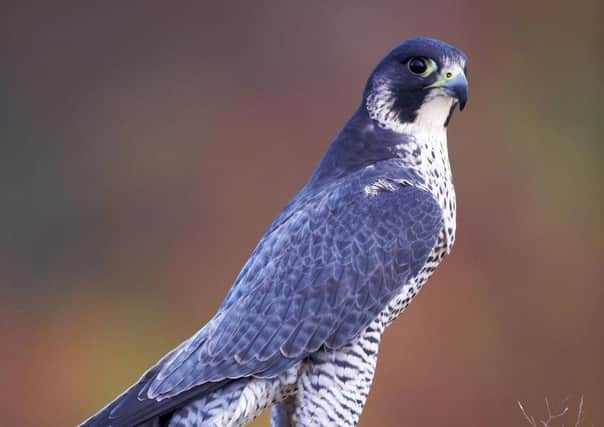Cautious welcome for drop in bird of prey crimes


The latest data shows the number of recorded offences involving the protected birds dropped from 23 in 2013 to 19 last year.
The number of confirmed poisoning incidents remained at six for the second year in a row, though this is a marked decrease from 22 incidents five years ago.
Advertisement
Hide AdAdvertisement
Hide AdAnd this is despite one of the country’s worst-ever poisoning cases taking place early last year, when 12 red kites and four buzzards were found dead near the Highland village of Conan Bridge, in Ross-Shire.
The figures, from the Partnership for Action Against Wildlife Crime (Paw) Scotland, show a total of 21 birds died from poisoning in 2014 – down from 28 in 2010 and a high of 30 in 2009.
There were also eight cases of birds being shot, two of illegal trapping, one involving disturbance and a further two where the details were not specified.
All the 2014 poisonings involved red kites, buzzards and peregrine falcons, but goshawks, golden eagles, hen harriers and tawny owls were also targetted.
Recent estimates from the conservation charity RSPB Scotland suggest at least 850 of the country’s native birds of prey have died as a result of illegal persecution in the past 25 years, but experts believe the true number is far higher.
“There is still a long way to go,” said Duncan Orr-Ewing, RSPB Scotland’s head of species.
“These figures show just the incidents that are reported. We think the scale of the problem, particularly on grouse moors, is much worse.”
Patrick Stirling-Aird, secretary of the Scottish Raptor Study Group, said: “Almost certainly this is just part of the picture. The underlying story may be quite different. It may be that actual incidences of persecution are going down but we can’t know for certain that is the case.”
Advertisement
Hide AdAdvertisement
Hide AdThe crime maps show a strong link between cases of persecution and areas associated with grouse shooting for sport, Mr Orr-Ewing pointed out.
But Scottish Gamekeepers Association (SGA) members say they are “delighted” at the fall in reported raptor crime.
The figures are testament to efforts by the organisation to combat persecution, according to SGA chairman Alex Hogg.
“This is certainly not by accident but down to a lot of hard work, frank talking and education,” he said.
He said members would continue to work with Paw partners to deal with species conflict.
“If this can be progressed in a mature way, we feel wildlife crime can be reduced even further, and faster,” he added.
Surveys also show species such as golden eagles, hen harriers and peregrine falcons are missing or failing to breed in key areas of their natural territory.
Experts say these absences and repeated breeding failures in areas of suitable habitat are strong indications that killing and interference by humans is taking place. Tim Baynes, of Scottish Land and Estates, said: “The land management community can never take its eye off this issue, but we hope there will be recognition of the efforts that have been made to ensure a continuing downward trend in incidents related to land management.”
Advertisement
Hide AdAdvertisement
Hide AdThe new figures come after the first jail term for killing birds of prey was handed down in January and the first conviction of a landowner under vicarious liability laws in December 2014.
“There is no room for complacency,” environment minister and Paw Scotland chair Aileen McLeod added.
FOLLOW US
SCOTSMAN TABLET AND MOBILE APPS